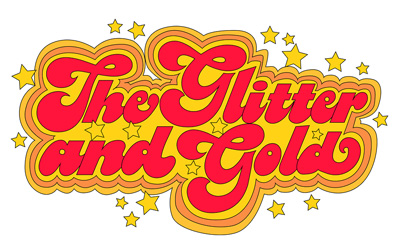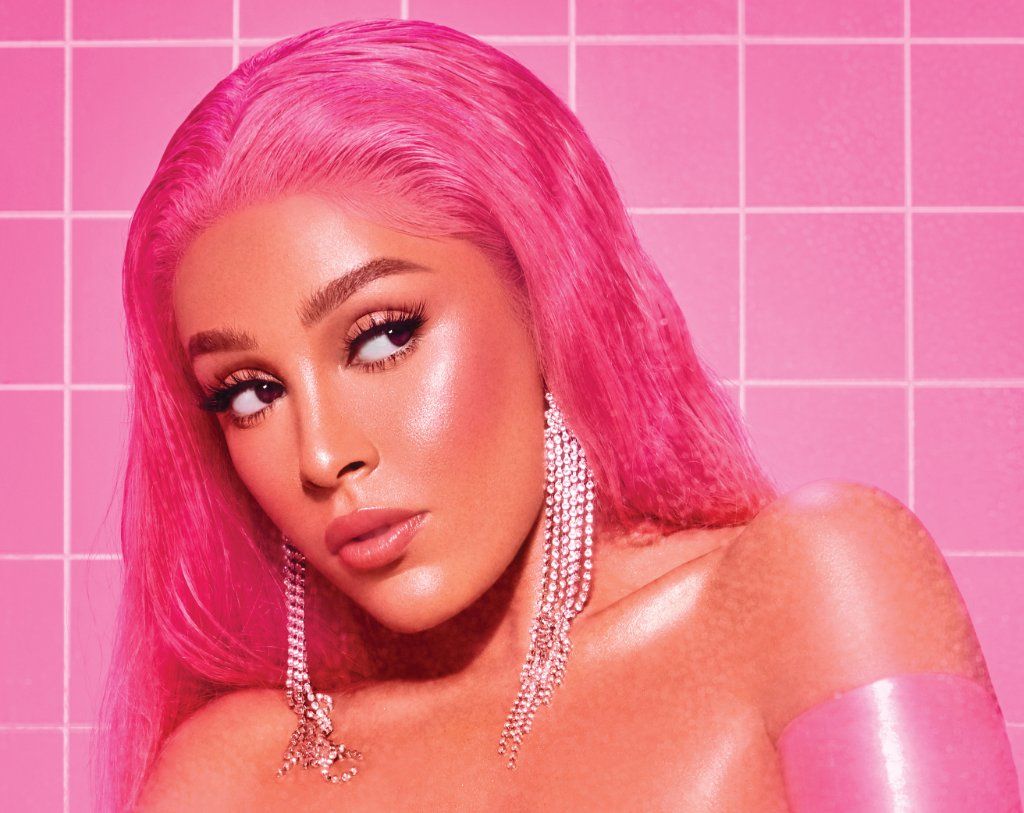Skateboarding is an art and unique form of self-expression. Historically, it was a refuge for outsiders and free spirits. Over the years it has developed its own music, dialect, and even its own fashion. Long skating has sat on the periphery, every so often exploding into pop culture in novel and entertaining ways.
In 2021 skateboarding is, more than ever before, aligning with mainstream culture. After offering a much-needed sense of community and relaxation during the coronavirus pandemic, it will be celebrated as an official sport at the 2021 Tokyo Olympic Games. What is more, boards are flying off retail shelves in record numbers. Far from a novelty, it now looks like the humble skate deck’s newfound presence will be a permanent one. This is how it happened.
Skateboarding in the ’90s and early 2000s
Skating was an inescapable part of ’90s and early 2000s culture. Making his memorable entry during the opening credits of hit animated series The Simspons in 1989, Bart Simpson turned more people on to skating than any other figure (living or dead). Following his wake in the 2000s, the Tony Hawk Pro Skater series sold more than a billion copies. Alongside the Jackass TV series and re-runs of Back to the Future 2, it was the ultimate inspiration for young teens looking to unleash their pent-up adrenaline.
While skating’s historical roots were in punk and rock, the pop music of the 2000s broadcast its appeal to all genders. In 2002 Avril Lavigne‘s ‘Sk8r Boi’ topped music charts the world over. P!nk, who had a giant influence on noughties culture, also helped skating’s uphill ride. Like Lavigne, she often featured skating in her music videos. Who can forget that nasty fall in ‘Get The Party Started‘? Even though the star took a comedic tumble, she was actually very good on wheels.
But, like most novelties of these eras, skateboarding came and went. By 2005 more modern ways of passing the time took a front seat. Many of us stored our boards away in our garages alongside lava lamps and Furbys. Replacing them was a fascination with cellphones, social media, and gaming. Lately, however, skating has been making a well-deserved return.

An Impala Skate promotional image.
SkateTok
In September 2020 a short video of the Ocean Spray sipping and Fleetwood Mac ‘Dreams’ lip-synching Nathan Apodaca became one of the year’s most talked-about pop culture events. Racking up more than 80 million views on TikTok, the clip launched countless spinoffs. Singlehandedly a 37-year-old man from Idaho hurled skating back into the collective conciseness. Or so it seemed. The truth of the matter is that Apodaca was only one of many. Skating had long been on the rise on Generation Z’s social media platform of choice.
@r3tro._oliviaa Go follow bnssmokee on twitch!!! 🐸#BOSSUpYourGame #LiveForTheChallenge #destinationdepop #xyzbca #skateboarding #vibes #skater #skateboarding
How social media has created a skating boom
This was part of an even greater trend. For more than a decade, new technology has spread skating culture on a grassroots level. Viral videos of astonishing skateboard feats have attracted widespread attention since YouTube was a fresh idea. Following these forerunners’ footsteps, many popular skaters now create compilations on TikTok.
“Social media has played a role for sure,” Chris Walsh, manager of Australian business Parliament Skateshop, shares. “Nowadays, you can see what skaters are doing on the other side of the globe with the click of a button, which has also helped with the standard of skating in terms of what’s possible”
Statistics back this up. Skateboarding’s newfound cultural influence is matched by an unprecedented commercial demand for skating-related products. In one 2018 study, Grandview Research valued the global skating market at $1.9 billion (US). It further projected consumer demand to grow to a staggering $2.4 billion by 2025.
“Social media has increasingly evolved as a primary source for teenagers to get attracted towards these sports,” Grandview wrote. “Moreover, increasing adoption of newer sports by new generations such as Generation Z is playing a vital role in creating emerging markets for a variety of skateboards.”
Inside the skateboarding boom
These figures were provided before the coronavirus pandemic. Today demand is greater still. In a recent interview with NPR Jeff Kendall, Chief Marketing Officer of top skateboard manufacturer NHS Inc. shared that sales of skateboarding equipment in the US increased 118% between June 2019 to June 2020. “Skateboarding saw a growth in sales like it hadn’t seen in years,” Kendall revealed.
Parliament Skate Shop’s Chris Walsh echoes this sentiment. Stores like his have been on a sales rollercoaster since Covid hit. This has not been without its challenges. “There has been a lot of stock issues globally,” Walsh states, “it’s been up and down. But we definitely have a lot of new customers wanting to give skating a crack.”

Rise of the Skater Girl
Many of these new skaters are women. One only needs to look at TikTok’s #girlsskate and #girlswhocanskate hashtags to see this newly emerging subculture in action. While the world’s most famous skaters have traditionally been male, women, Queer, transgender, and non-binary skaters are entering into public view. Skateboarding influencers such as California’s Sierra Prescot command Instagram followings of over 70,000.
Skateboarding and music
Pop music’s leading women are no exception. Artists like Megan Thee Stallion are selling custom print boards. Popstar Doja Cat‘s music video for ‘Bottom Bitch’, which takes place in a skatepark, has been viewed 29 million times on YouTube alone.
Skateboarding has long shared many intriguing similarities with popular music. Many of music and skating’s countercultural attitudes overlap. As a result, skating has traditionally been associated with many different genres.
In the 1970s it was aligned with surf music. Hardcore punk and thrash metal developed an even close connection in the 1980s. The alternative music of the ’90s, as well as the pop-punk and emo movements of the 2000s, all crossed over with the skating. A long-standing favorite among modern skaters worldwide is CKY, whose close association with skating may have something to do with the fact Jackass skater Bam Margera is one of the group’s frontmen. And, although skateboarding has its traditional punk and rock foundations, hip hop and street culture are now also a heavy influence on modern skaters.
What music defines skating culture?
Some caution against associating any one kind of music too closely with skating culture. “I would say that no music can define skate culture,” shares Franca, an employee of Australian skate shop Extreme Skates. “If you get onto TikTok or Instagram, you will realize that there is no one set-type of music that we use in our videos.”
Parliament Skate Shop’s Chris Walsh, in contrast, has his picks. “I feel that a lot of the motivation on and attitudes in skateboarding stem from punk and hardcore,” Walsh notes. “But Hip Hop has played a huge role in the style and a lot of the fashion trends.”

Hardcore punk icon Henry Rollins featuring in a vintage skate advert.
Skateboarding finds mainstream recognition
In 2016 it was announced skateboarding would be an official sport at the forthcoming Tokyo Olympic Games. Since then, national skate teams have been subject to unprecedented media attention. Skating has also been arriving in many other places even the most imaginative of its free-living pioneers could have dreamed of.
Alongside street culture in general, skateboards have infiltrated high fashion. In 2021 even the world’s most famous luxury brand GUCCI is making its own boards. The cultural eminence of billion-dollar New York skate brand Supreme is also a telling sign of the times.
This touches on the most remarkable thing about skateboarding’s return to prominence. Skating was once a rebellious act. It was a way of dropping out. In 2021 skateboarding commands a newfound sense of reverence and respectability.

A GUCCI skateboard.
The greatest impact of skateboarding is the community it creates
What is often overlooked though is the sense of community skating offers. Whether online or in real life skateboarding meets the inherent need of many to belong to something greater than themselves. As the coronavirus continues to place concerts, festivals, and even family gatherings into hiatus, millions have been forced to find alternative ways to connect.
Franca of Extreme Skates confirms this. Her business places a massive emphasis on acceptance within the local skating community. “The biggest move forward within the skating world,” she shares, “has been the acceptance of the importance in everyone’s needs to achieve their own individual goals.”

An Impala Skate promotional photo.
Escapism and spinning wheel vibrations
In 2021 many skaters are rediscovering the carefree breezes they felt in their hair as children. Others are hopping on boards for the first time. Offering freedom, novelty, prestige, nostalgia, and community, skateboarding occupies an important role in modern culture. It has become a feel-good umbrella for all kinds of escapism, sport, social interaction and art.
Whether it is viewing energetic displays of skill or cruising through scenic backdrops ourselves, skating has many aspects to enjoy. As ever it is an inviting and alternative way of life, one that is increasingly accepting of many styles and types of people. By the looks of things, it’s here to stay.










